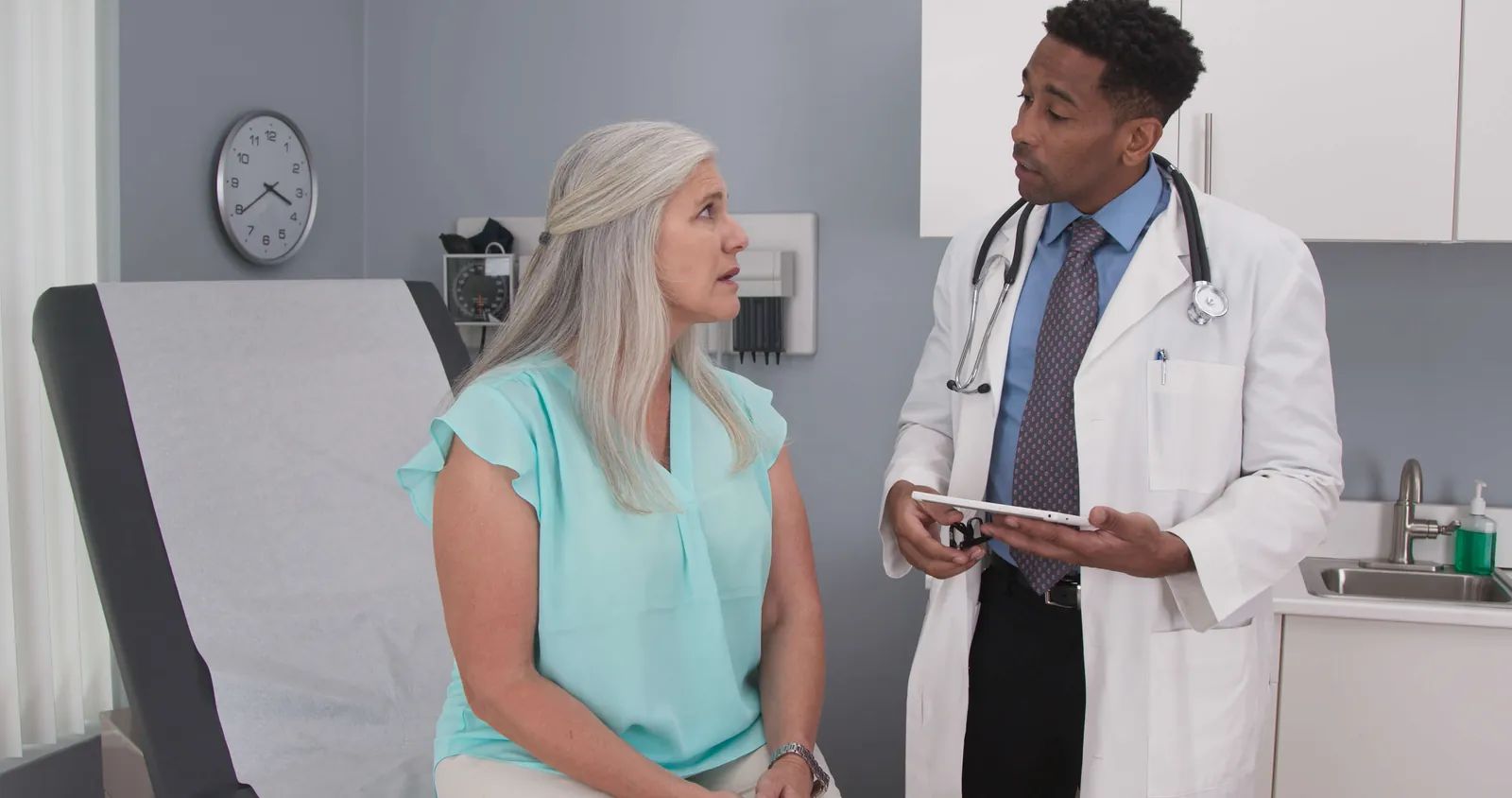
Bannayan–Zonana Syndrome is a rare genetic disorder that affects many parts of the body. It is characterized by multiple noncancerous growths called hamartomas, an enlarged head size (macrocephaly), and developmental delays. This condition is caused by mutations in the PTEN gene, which plays a role in cell growth and division. People with Bannayan–Zonana Syndrome may also have distinctive skin markings, such as dark freckles on the penis or lips. Early diagnosis and management are crucial for improving the quality of life for those affected. Understanding the symptoms and genetic factors can help families and healthcare providers better support individuals with this condition.
Key Takeaways:
- Bannayan–Zonana Syndrome is a rare genetic disorder causing developmental delays and other symptoms. Early diagnosis and supportive therapies can help manage the condition effectively.
- Ongoing research and collaboration are essential for better understanding and managing Bannayan–Zonana Syndrome. New therapies and genetic testing advancements offer hope for improved care.
What is Bannayan–Zonana Syndrome?
Bannayan–Zonana Syndrome (BZS) is a rare genetic disorder that affects multiple body systems. It is characterized by a variety of symptoms, including developmental delays, macrocephaly (an abnormally large head), and intestinal polyps. Here are some fascinating facts about this condition.
-
BZS is also known as Bannayan-Riley-Ruvalcaba syndrome, named after the doctors who first described it.
-
The syndrome is caused by mutations in the PTEN gene, which plays a crucial role in regulating cell growth.
-
BZS is inherited in an autosomal dominant manner, meaning only one copy of the mutated gene is needed to cause the disorder.
-
Macrocephaly is one of the most common features, often noticeable at birth or within the first year of life.
-
Developmental delays can vary widely among individuals, affecting motor skills, speech, and cognitive abilities.
Symptoms and Diagnosis
Understanding the symptoms and how BZS is diagnosed can help in managing the condition effectively.
-
Intestinal polyps are another hallmark of BZS, which can lead to gastrointestinal issues like bleeding or obstruction.
-
Lipomas, or benign fatty tumors, are frequently found in individuals with BZS, often appearing on the arms, legs, or trunk.
-
Hemangiomas, which are benign blood vessel tumors, can also occur, usually on the skin or internal organs.
-
Diagnosis typically involves genetic testing to identify mutations in the PTEN gene.
-
MRI scans are often used to assess brain abnormalities, which can be associated with developmental delays.
Treatment and Management
While there is no cure for BZS, various treatments can help manage its symptoms.
-
Regular monitoring of intestinal polyps is essential to prevent complications like bleeding or cancer.
-
Surgical removal of lipomas and hemangiomas may be necessary if they cause discomfort or other issues.
-
Early intervention programs can help address developmental delays, offering therapies for speech, motor skills, and cognitive development.
-
Genetic counseling is recommended for families affected by BZS to understand the risks and implications of the disorder.
-
Regular follow-ups with a multidisciplinary team of specialists can help manage the various symptoms and complications.
Living with Bannayan–Zonana Syndrome
Living with BZS can be challenging, but understanding the condition can make it more manageable.
-
Support groups and online communities can provide valuable resources and emotional support for families dealing with BZS.
-
Educational accommodations may be necessary for children with BZS to help them succeed in school.
-
Physical therapy can improve motor skills and coordination, enhancing the quality of life.
-
Regular health check-ups are crucial to monitor for potential complications like cancer, which individuals with BZS are at higher risk for.
-
Awareness and education about BZS can help reduce stigma and improve the support available for affected individuals.
Research and Future Directions
Ongoing research is crucial for better understanding and managing BZS.
-
Scientists are exploring new therapies targeting the PTEN gene to potentially treat or alleviate symptoms of BZS.
-
Clinical trials are investigating the effectiveness of various drugs in managing symptoms and preventing complications.
-
Advances in genetic testing are making it easier to diagnose BZS early, allowing for more timely interventions.
-
Research into the long-term outcomes of individuals with BZS can help improve care and support strategies.
-
Collaboration between researchers, healthcare providers, and families is essential for advancing our understanding of BZS and improving the lives of those affected.
Final Thoughts on Bannayan–Zonana Syndrome
Bannayan–Zonana Syndrome, a rare genetic disorder, affects many aspects of life. Understanding its symptoms, causes, and treatments can make a big difference for those diagnosed. Early detection and intervention are key. Genetic counseling helps families navigate this challenging condition.
Researchers continue to study Bannayan–Zonana Syndrome, aiming to improve treatments and outcomes. Support groups and resources are available for patients and their families, providing much-needed assistance and community.
Staying informed and proactive can lead to better management of the syndrome. Awareness and education about Bannayan–Zonana Syndrome are crucial in fostering a supportive environment for those affected.
By sharing knowledge and experiences, we can contribute to a brighter future for individuals living with this condition. Remember, every bit of information helps in the fight against Bannayan–Zonana Syndrome.
Frequently Asked Questions
Was this page helpful?
Our commitment to delivering trustworthy and engaging content is at the heart of what we do. Each fact on our site is contributed by real users like you, bringing a wealth of diverse insights and information. To ensure the highest standards of accuracy and reliability, our dedicated editors meticulously review each submission. This process guarantees that the facts we share are not only fascinating but also credible. Trust in our commitment to quality and authenticity as you explore and learn with us.
